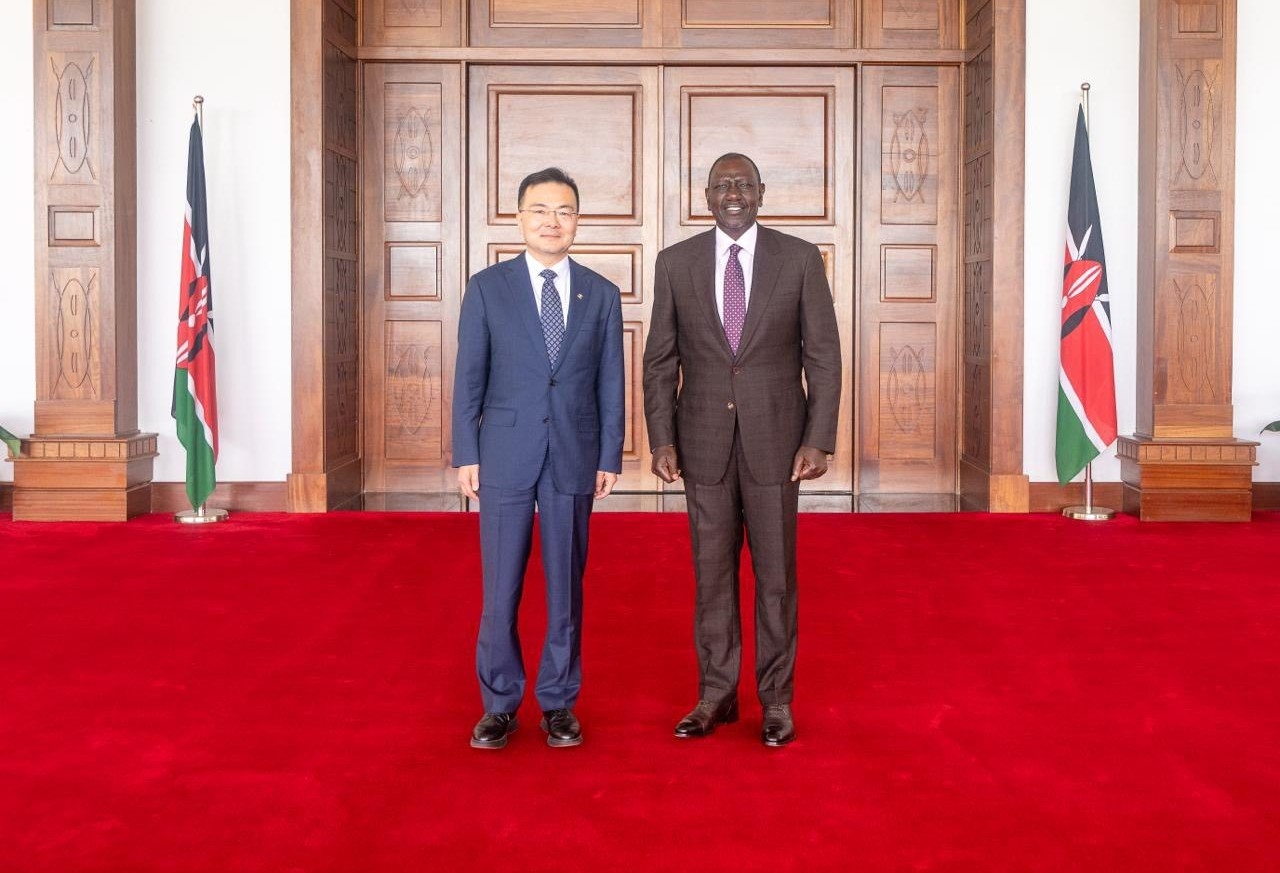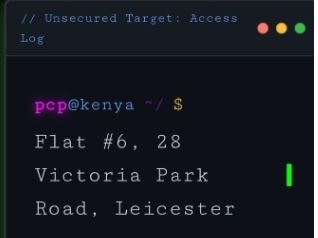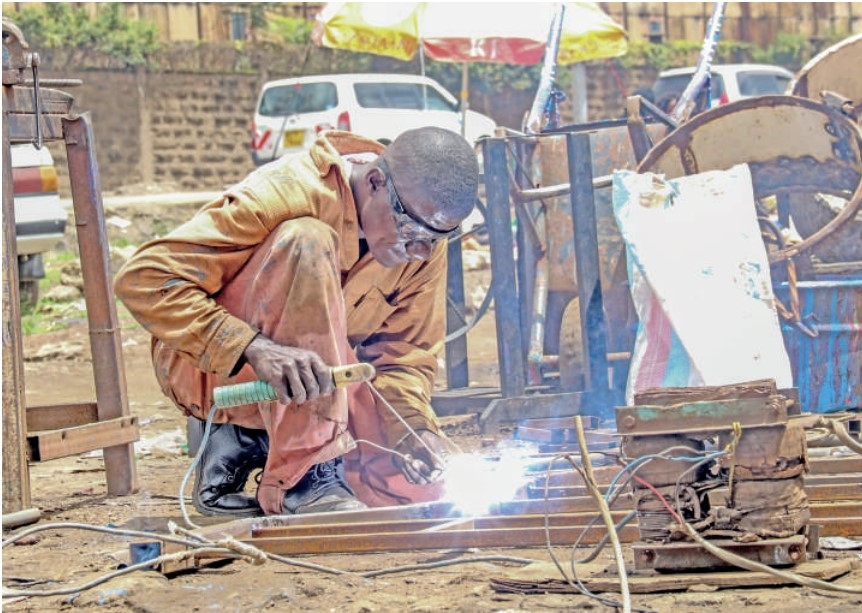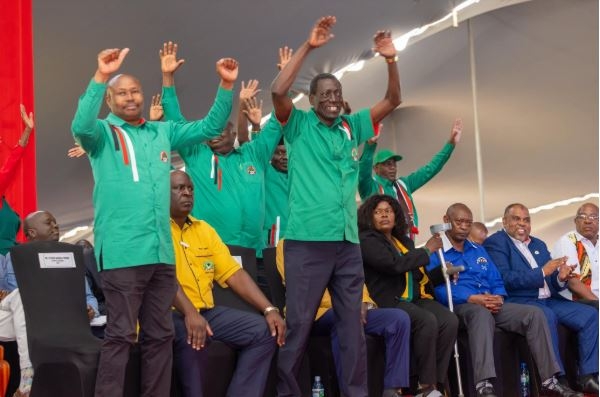
 Government Spokesman Isaac Mwaura speaking on November 17, 2025 / HANDOUT
Government Spokesman Isaac Mwaura speaking on November 17, 2025 / HANDOUTGovernment Spokesman Isaac Mwaura has assured residents of Isulu–Bushiangala in Kakamega County that the recently confirmed Sh683 billion gold discovery will deliver direct and measurable benefits to the community.
Mwaura said Kenya’s mining laws guarantee a clear revenue-sharing structure designed to protect local interests.
The Spokesman noted that the legal framework ensures residents are not sidelined as operations expand.
“Kenya’s mining law guarantees fair revenue sharing, 70 per cent to the national government, 20 per cent to Kakamega County and 10 per cent to the local community,” he said.
“In addition, the mining company must invest 1 per cent of its annual gross sales in community projects through a 14-member community committee, funding priorities like roads, schools, health facilities, water supply and environmental conservation.”
Mwaura also moved to ease concerns over displacement, insisting that no resident will be moved without due process.
He said government teams are already on the ground to ensure compensation is handled transparently, fairly and in accordance with the law.
Mwaura maintained that the safeguards in place are meant to build trust and ensure smooth operations.
The Spokesman said the measures will stimulate economic growth, support long-term community development and guarantee that the gold project proceeds smoothly and transparently for the benefit of all stakeholders.
The report, titled Shanta Gold West Kenya Feasibility Study: Isulu-Bushiangala Underground Mining Project, was prepared by Kurrent Technologies Limited in partnership with South Africa’s Digby Wells Environmental.
It outlines plans to establish a large-scale underground mine in Musoli and Isulu locations, about 55 kilometres northwest of Kisumu.
“The Isulu and Bushiangala resources contain 1,270,380 ounces grading an average of 11.43 grams per tonne of gold,” the report states, describing the project as “a net benefit to the area and Kenya as a whole.”
At current market prices, the deposit is valued at about Sh683 billion, making it one of the country’s most valuable mineral discoveries.
Shanta Gold Kenya Limited (SGKL), incorporated locally in 2010, is a wholly owned subsidiary of the London-listed company and is seeking NEMA's approval to proceed with the underground mine and processing plant under its existing prospecting licence.
The mine will use Long Hole Open Stoping (LHOS), a mechanised underground method that allows selective extraction of ore with minimal surface disturbance.
According to the company, the mined-out voids will be filled with cemented aggregate, reducing the risk of land subsidence and degradation.
Key infrastructure will include a 1,500-tonne-per-day processing plant, tailings storage facility, waste rock dumps, administrative buildings and a 12-megawatt power plant.
“Although the project will result in impacts of significance, these will be minimised through mitigation measures,” the EIA notes.
“The project is economically feasible, technically viable, and socially desirable.”













